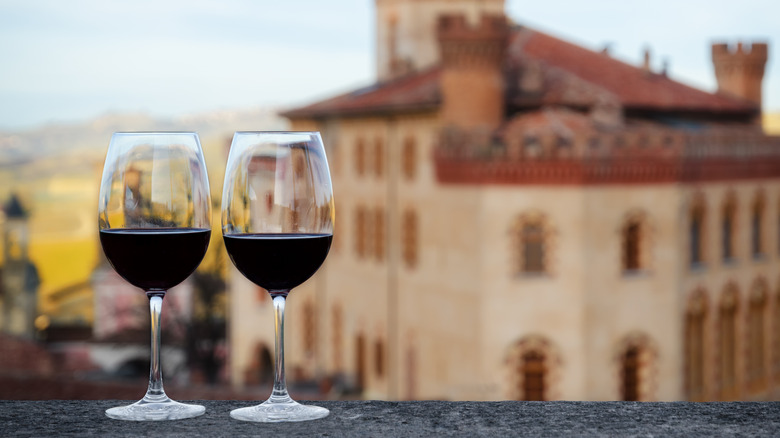Piedmont cuisine
The Piedmont has its own unique approach to the Italian staples of cheese, meat, and pasta. There are homemade cheeses like Castelmagno, a cow’s milk cheese produced since the Middle Ages that’s the perfect tangy accompaniment to gnocchi or risotto. The cuisine also emphasizes dried fruits, chestnuts, local beef and sausages, and of course, the white truffle.
These knobby delicacies are often served shaved over pasta and emit a distinct, earthy, musky aroma. Many find the smell irresistible, as it contains chemicals that imitate mammalian reproductive pheromones. The town of Alba in the Piedmont region occupies a rare position in truffle circles, as the only place where the highly coveted Tartufo Bianco d’Alba grows and the location of the annual International White Truffle Festival. Attending this event is a once-in-a-lifetime culinary experience that should be on every gourmand’s bucket list.
As if the Tartufo Bianco d’Alba wasn’t enough, the Piedmont also gave the world gianduja, the chocolate hazelnut spread that was the precursor to Nutella. Some confectioners in Turin discovered gianduja in 1806 after mixing cocoa with local hazelnuts, furthering the burgeoning chocolate industry. Chocolate still reigns supreme in this part of Italy, with many chocolate-based specialties figuring into local menus. These include cuneese al rhum, a dark chocolate and rum cream sandwiched between meringue waffles, and bicerin, a beverage dating back to the 1700s made of chocolate, coffee, and milk that inspired today’s mochas.
Wine and culinary tours

The Piedmont produces the most prestigious wines in all of Italy. These are the Nebbiolo wines, named after the fog (nebbia) that often enshrouds the area. The most famous of the Nebbiolo wines is Barolo, the king of wines and the wine of kings, so called as it was preferred by royals in the 19th century. This is a full-bodied wine with tar and rose notes that pairs well with hearty and flavorful dishes, including meat and truffles. Barbaresco is also a well-known Nebbiolo wine. It’s similar to Barolo, but with a lighter and less tannic flavor. Other well-known Piedmont wines are Barbera, Grignolino, White Moscato, Arneis, Asti Spumante, and the list goes on.
There are a few different ways to experience the edible and drinkable wonders of the Piedmont. Loosen your belt and dive right into the restaurant scene in Turin and smaller villages. Be adventurous! Try local dishes that you’ve never heard of and sample the lesser-known wines. Alternatively, embark on a guided food and wine tour; or for an even deeper immersion, roll up your sleeves, put on an apron, and take a cooking class that specializes in regional cuisine. Conclude your Piedmont experience with a truffle hunting tour, where a trifolao (or local truffle hunter) takes you into the forest to search for the tiny buried treasures. However you explore the Piedmont, do so with an appetite and a few napkins. Cheers, or as they say in Italia, cin cin.

